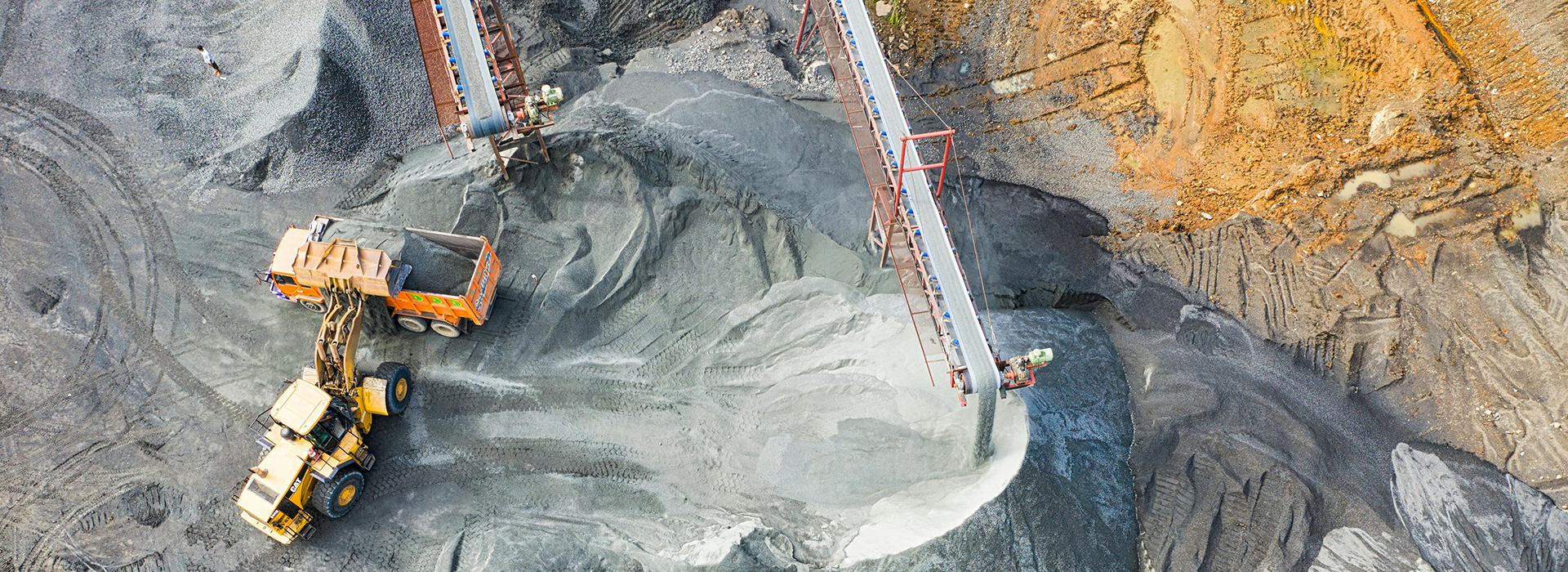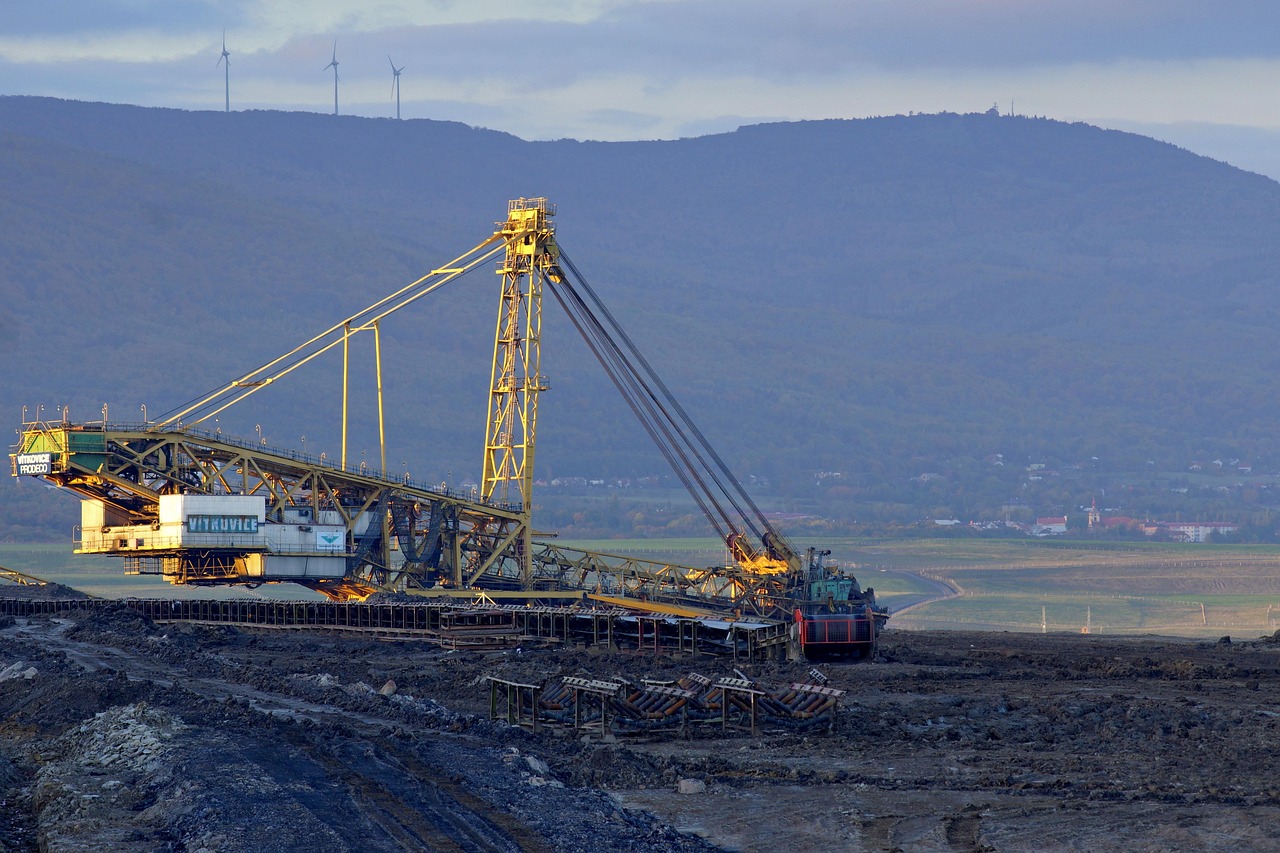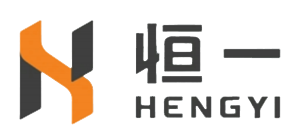
Causes of Conveyor Belt Deviation (2)
2025-09-03 13:294. Misalignment of the material drop location at the transfer point can cause conveyor belt deviation. The material drop location at the transfer point significantly impacts conveyor belt deviation, especially when the upstream conveyor and the current conveyor are perpendicular in the horizontal plane. The relative height of the upper and lower belts at the transfer point should generally be considered. The lower the relative height, the greater the horizontal velocity component of the material, the greater the lateral impact force Fc on the lower belt, and the more difficult it is for the material to be centered. This causes the material to deviate across the conveyor belt's cross section. The horizontal component Fy of the impact force Fc ultimately causes the Conveyor Belt to deviate. If the material deflects to the right, the belt will deviate to the left, and vice versa. To address this deviation, the relative height of the two conveyors should be increased as much as possible during the design process. For belt conveyors with limited space, the form and size of the upper and lower hoppers, troughs, and other components should be carefully considered. Generally, the width of the trough should be approximately three-fifths of the belt width. To reduce or prevent belt deviation, material baffles can be added to block the material and change its direction and position.
5. Conveyor belt issues, such as aging, deformation, edge wear, or misaligned joints after damaged Conveyor Belts have been remade, can cause uneven tension on both sides of the Conveyor Belt, leading to deviation. In this case, the belt will deviate to one side along its entire length, with the greatest deviation occurring at the misaligned joints. The only solution is to remake the misaligned joints or replace the belt if it is aging and deformed.
6. The conveyor belt tensioner is insufficiently tensioned. This means the belt will not deviate when unloaded or lightly loaded, but will deviate when slightly loaded. The tensioner is an effective device for ensuring the conveyor belt maintains sufficient tension at all times. Insufficient tension leads to poor belt stability, making it more susceptible to external interference and, in severe cases, causing slippage. For belt conveyors using a weight tensioner, adding counterweights can address this issue, but avoid adding too much to prevent unnecessary tension on the belt, which can reduce its service life. For belt conveyors using spiral or hydraulic tensioners, the tensioning stroke can be adjusted to increase tension. However, sometimes the tensioning stroke is insufficient, resulting in permanent belt deformation. In this case, a section of the belt can be cut off and re-glued.

7. For belt conveyors designed with concave sections, if the curvature radius of the concave section is too small, the belt will bounce in the concave section when there is no material on the belt during startup. This can even cause the belt to deviate in strong winds.
Therefore, it is best to add a pressure pulley to the concave section of the belt conveyor to prevent the belt from bouncing or being blown away by the wind. The lower conveyor belt of a bucket wheel stacker/reclaimer will have a large concave section when the tail car is stacking material, which is most prone to deviation. If the lower conveyor frame sinks, the conveyor belt's free space will be further increased, making deviation more likely. Therefore, a larger concave curvature radius should be used during the design phase to avoid this problem.
8. Adjusting the deviation of a bidirectional belt conveyor: Adjusting the deviation of a bidirectional belt conveyor is much more difficult than adjusting the deviation of a unidirectional belt conveyor. Adjustments should be made first in one direction and then in the other. Carefully observe the relationship between the belt's direction of movement and the deviation trend, and make adjustments one by one. The focus should be on adjusting the drive pulley and the redirecting pulley, followed by adjusting the idlers and the material drop point. At the same time, it should be noted that the force on the Conveyor Belt section should be uniform in the length direction during the vulcanization joint, and the force on both sides should be as equal as possible.
